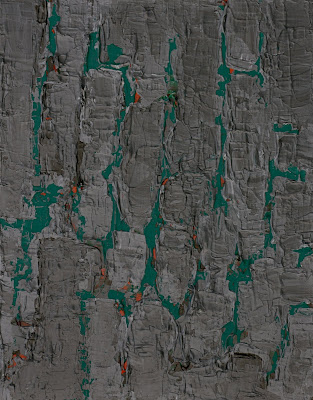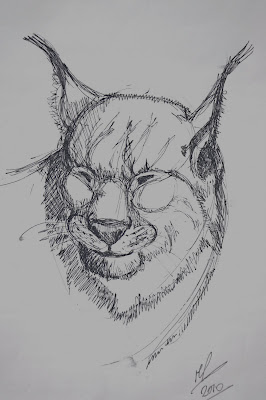 Texture and light.
Texture and light.leather coat hanging
on wooden door,
with blue wallpaper
behind door
 Texture in a painting is the feel of the canvas. It can be based on the paint, and its application, or addition materials such as ribbon, metal, wood, lace, leather and sand. Texture in painting stimulates two different senses, visual and tactile.
Texture in a painting is the feel of the canvas. It can be based on the paint, and its application, or addition materials such as ribbon, metal, wood, lace, leather and sand. Texture in painting stimulates two different senses, visual and tactile.  Illustration art
Illustration art

 The American "golden age of illustration" lasted from the 1880s until shortly after World War I (although the active career of several later "golden age" illustrators went on for another few decades). As in Europe a few decades earlier, newspapers, mass market magazines, and illustrated books had become the dominant media of public consumption. Improvements in printing technology freed illustrators to experiment with color and new rendering techniques. A small group of illustrators in this time became rich and famous. The imagery they created was a portrait of American aspirations of the time.
The American "golden age of illustration" lasted from the 1880s until shortly after World War I (although the active career of several later "golden age" illustrators went on for another few decades). As in Europe a few decades earlier, newspapers, mass market magazines, and illustrated books had become the dominant media of public consumption. Improvements in printing technology freed illustrators to experiment with color and new rendering techniques. A small group of illustrators in this time became rich and famous. The imagery they created was a portrait of American aspirations of the time.









 Lizards are a very large and widespread group of squamate reptiles, with nearly 3800 species,[1] ranging across all continents except Antarctica as well as most oceanic island chains.
Lizards are a very large and widespread group of squamate reptiles, with nearly 3800 species,[1] ranging across all continents except Antarctica as well as most oceanic island chains.

 The giraffe (Giraffa camelopardalis) is an African even-toed ungulate mammal, the tallest of all land-living animal species, and the largest ruminant. It is covered in large, irregular patches of yellow to black fur separated by white, off-white, or dark yellowish brown background. The average mass for an adult male giraffe is 1,200 kilograms (2,600 lb)
The giraffe (Giraffa camelopardalis) is an African even-toed ungulate mammal, the tallest of all land-living animal species, and the largest ruminant. It is covered in large, irregular patches of yellow to black fur separated by white, off-white, or dark yellowish brown background. The average mass for an adult male giraffe is 1,200 kilograms (2,600 lb)
